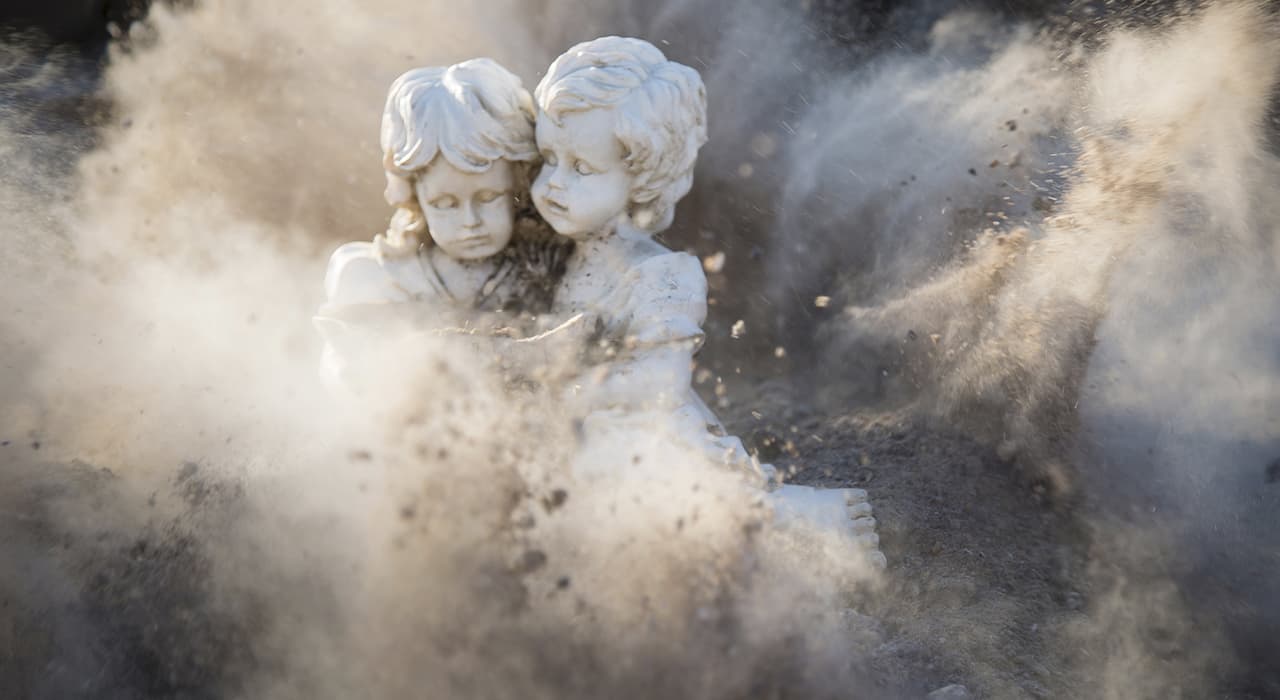Obviously, art serves people as cognition? But does not science, which has reached such heights in our time, fully satisfy the thirst for knowledge and why do we need another kind of cognition – artistic?
Let’s put the question wider: what is the positive activity of a social man in general? Perhaps it can be reduced to three main processes: production of material and spiritual values, cognition and, finally, communication between people. These three processes are interconnected and impossible without each other: in order to create something, it is necessary to cognize the properties and laws of the surrounding world and at the same time to act jointly and coherently with other people, that is, to communicate intelligently. However, in a developed society these processes are carried out by different professional groups of people. Scientists are engaged in the study of the existing, knowledge of its laws, but they themselves, as a rule, do not produce new objects, new material values. This is done by others: workers, engineers, builders. And the third category of professions serves the sphere of various relations within the society. These are state and public figures, teachers, doctors, lawyers, trade workers and others.
This division of labor seems necessary and reasonable, but it has its negative sides, which are especially evident in the era of capitalism, when the division of labor reaches extreme fragmentation. A person finds himself locked in his narrow specialty, as in a cage that fences him off from the rest of the world, and lives not with the fullness of his essence, his abilities and capabilities, but only with a small part of them. His human essence is limited and impoverished.
It is different with artists. The very nature of their activity does not allow them to close in a circle of narrow interests. It requires from the artist the greatest openness of the world, the greatest sensitivity and breadth of individual being: it is laid down as a condition in the very activity of aesthetic reflection. Thus, even within a fragmented world, art is a factor that resists fragmentation, and this is extremely important.
Analyzing the nature of art, we see that the three mentioned processes of human activity in it seem to be combined and represent something unified, merged.
And indeed, the aesthetic reflection of reality is the same cognition of it. But art not only cognizes. It also creates. After all, each work of art – a painting, a film, a poem – is a skillfully created beautiful object: in this sense, art is sometimes called a sacred craft, and the artist – a master. In art, it is not enough to experience and understand something – you must also be able to do it, to embody, to materialize what you have experienced and learned. And the artist does it by himself, without instructing someone else.
And finally – and this may be the most important thing – art is communication between people. The highest, spiritual and moral communication, exchange of not only ideas but also feelings. It has a tremendous power of suggestion and is the strongest means of education, personality formation.
In this unity of functions – cognition, creation and communication – each of them acts in a peculiar quality when it carries a human, spiritual content.
What, in fact, does art cognize, what is the subject of its cognition? The whole world? Yes, but from a special point of view, namely the world from the standpoint of human attitude to it, human perception of the world. Science, especially if we talk about exact or natural sciences, cognizes the laws of nature, independent of man. Therefore, science is absolutely objective: a physicist should not give free rein to his emotional preferences, his desire to see reality as it is, not as it is, he should beware of mixing his “I” too much with his conclusions. And the artist cannot and should not refuse to express his personality in art, because the world that he comprehends is a world dependent on man, and art is the self-knowledge of mankind. What we are, what secret possibilities are inherent in us, how we understand good and evil, what we expect from our human world and what we lack in it – this is the kind of knowledge that art brings us. And they are perceived differently than scientific truths. After all, art is not only cognition, but also spiritual communication; for such communication to take place, mutual understanding between the artist and the reader (viewer, listener) is needed. It arises with the appropriate mental attitude of the perceiver. In other words: the perception of art is an active, not passive process, both sides seem to meet each other halfway. The seed thrown by the artist should fall on fertile, prepared soil – then it will give shoots. The artist is great if he caught the thought of the time, if he expressed what was already fermenting and brewing in the hearts of his contemporaries, but was not yet clearly realized by them.
